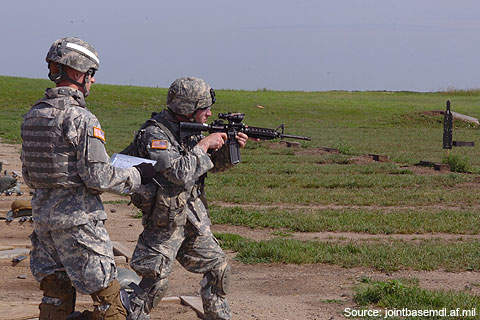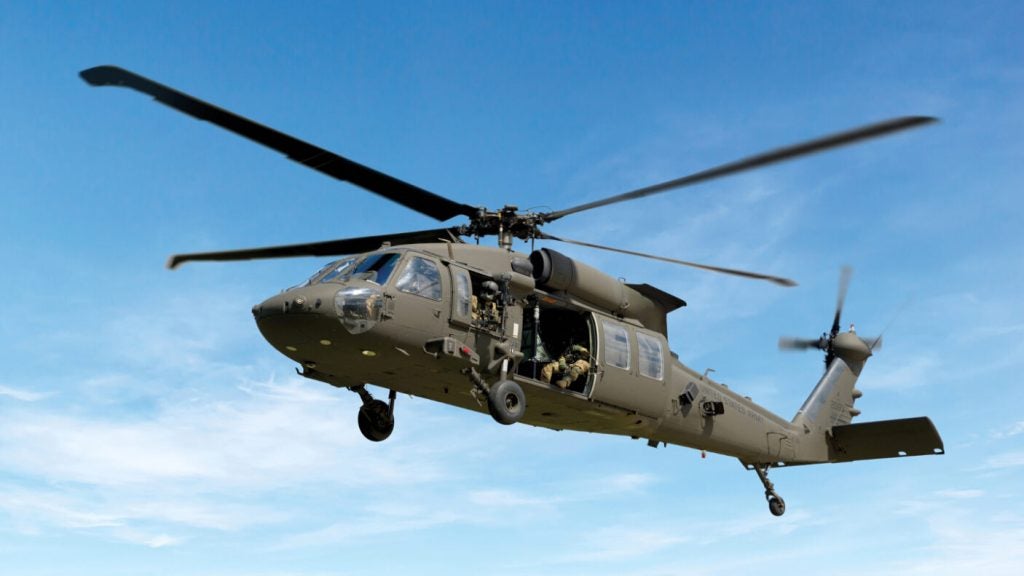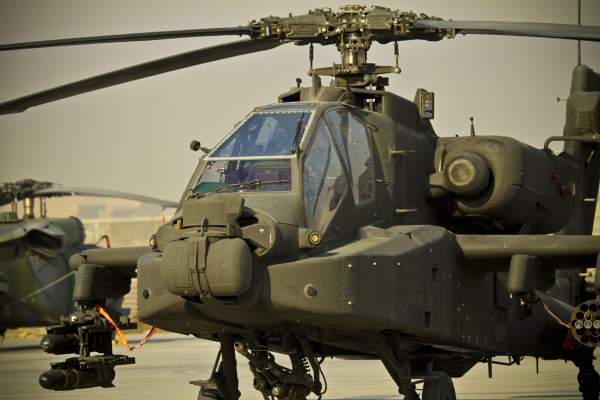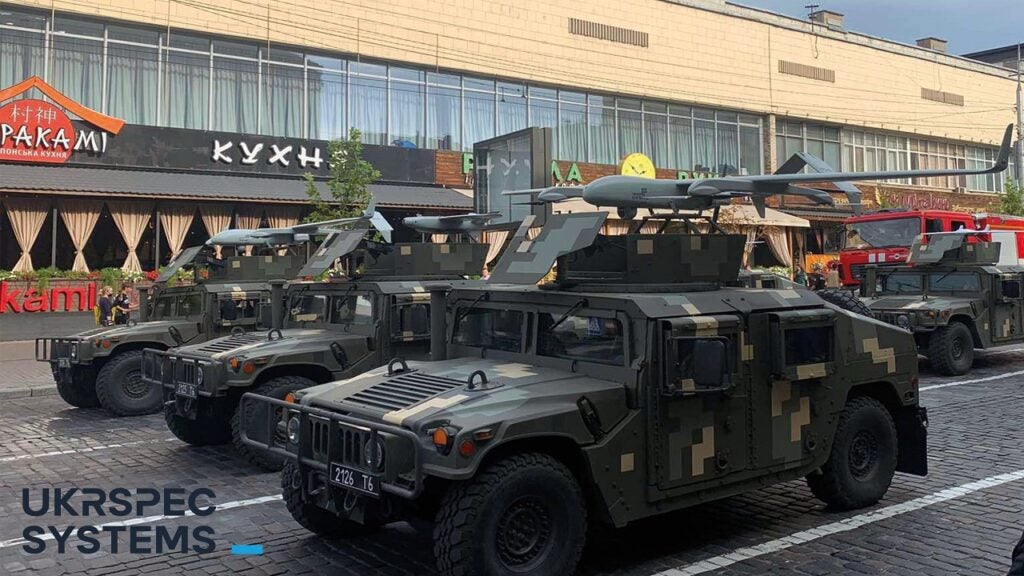Fort Riley is a US Army base located between Junction City and Manhattan in Kansas, US. Covering 100,656 acres (407km²), the base is used for supply, transport and service units.
The base has a population of about 25,000 and is home to the 1st Infantry Division of the US. On 8 June 2010, Fort Riley opened a $54m Warrior Transition Battalion (WTB) complex to provide care to wounded soldiers.
History
The base was established as a military post in 1852 to enable trade and protect travellers on the Santa Fe Trail, a transportation route connecting New Mexico and central North America during the 19th century.
In 1853, a site overlooking the Kansas River valley was selected for the headquarters of the 1st US Dragoons. The camp was one of many military posts established during the 1850s along the Oregon and Santa Fe Trails. Temporary quarters were constructed by three companies of the 6th Infantry.
The camp was named Fort Riley in June 1853 in honour of Major General Bennett C Riley, the first military Santa Fe Trail escort leader. Additional quarters and stables were added in 1855.
After the end of Civil War, Fort Riley became the US Cavalry School. In 1917 the base was used as a reserve-officer training centre and was expanded during World War I.
The expansion included the construction of Camp Funston cantonment, a large capacity training area, and a military officers training camp. Fort Riley was home to 50,000 soldiers during the war. Towards the end of the 1930s, Camp Funston was rebuilt and new barracks constructed in preparation for the US’s entry into World War II.
Several infantry divisions were positioned at Fort Riley, including the 9th and 10th Cavalry Regiments, also known as ‘Buffalo Soldiers’. The base served as a basic military training facility from 1946 and trained troops for deployment in the Korean War. In 1955 new barracks, the Irwin Army Community Hospital, quarters and work areas were built. Troops from Fort Riley were deployed in the Vietnam War and the Gulf War in the 1990s.
Between 1955 and 1996 the base was home to the 1st Infantry Division, and from 1999 to 2006 it was the headquarters of the 24th Infantry Division. The 1st Infantry Division moved from Leighton Barracks in Germany to Fort Riley in August 2006.
The base’s railroad system was constructed in 1886 and expanded in 1996 at a cost of $17m. The base had three hospitals which are now the Post/Cavalry Museum, Post Headquarters and the Station Hospital. In 1958 the Irwin Army Community Hospital was dedicated in honour of Brigadier General Bernard John Dowling Irwin.
Design and construction
Construction of the WTB complex near the Irwin Army Community Hospital started in September 2008.
The 131,000ft² complex has a battalion headquarters, 138 barracks rooms, a soldier and family assistance centre, and company operating facilities. The project was undertaken by the Fort Riley garrison, the US Army Corps of Engineers, the Army Medical Department and the Warrior Transition Command.
Construction of an army hospital at the base was started in September 2009 and is scheduled for completion in spring 2012.
The $334m project, which includes a central energy plant, a 289,000ft² clinic, an ambulance garage and supporting facilities, will replace the Irwin Army Community Hospital.
A Walton Construction and Balfour Beatty joint venture is the contractor, while RLF and Leo A Daly are the architects.
A 132,000ft² Army Air Force Exchange Service, designed by Marshall Waters Woody Architecture and constructed by Weitz, was opened in October 2009. An 18,000ft² Combat Aviation Brigade Whitside Dining Facility was constructed by Weitz and MaxFour Engineers & Architects for $32m.
Garrison facilities
The base’s garrison includes 1ID Brigades, Division Staff, Special Staff and the Warrior Transition Battalion. The base has a 70,926-acre area used for live fire training and Battalion Task Force-level manoeuvres. It has two multipurpose range complexes and a battle simulation centre.
The base provides training assistance for about 30,000 reserve component soldiers besides the Army National Guard and the US Army Reserve.
Air facilities
The Marshall Army Airfield (MAAF) was opened in 1921. The 1st Infantry Division’s Combat Aviation Brigade uses the military airfield for integrated fixed-base helicopter operations. The MAAF has a control tower, base flight operations and a ground approach control facility. It also has flight simulators, air space management, a fire and crash rescue station, and a rapid refuel facility.










